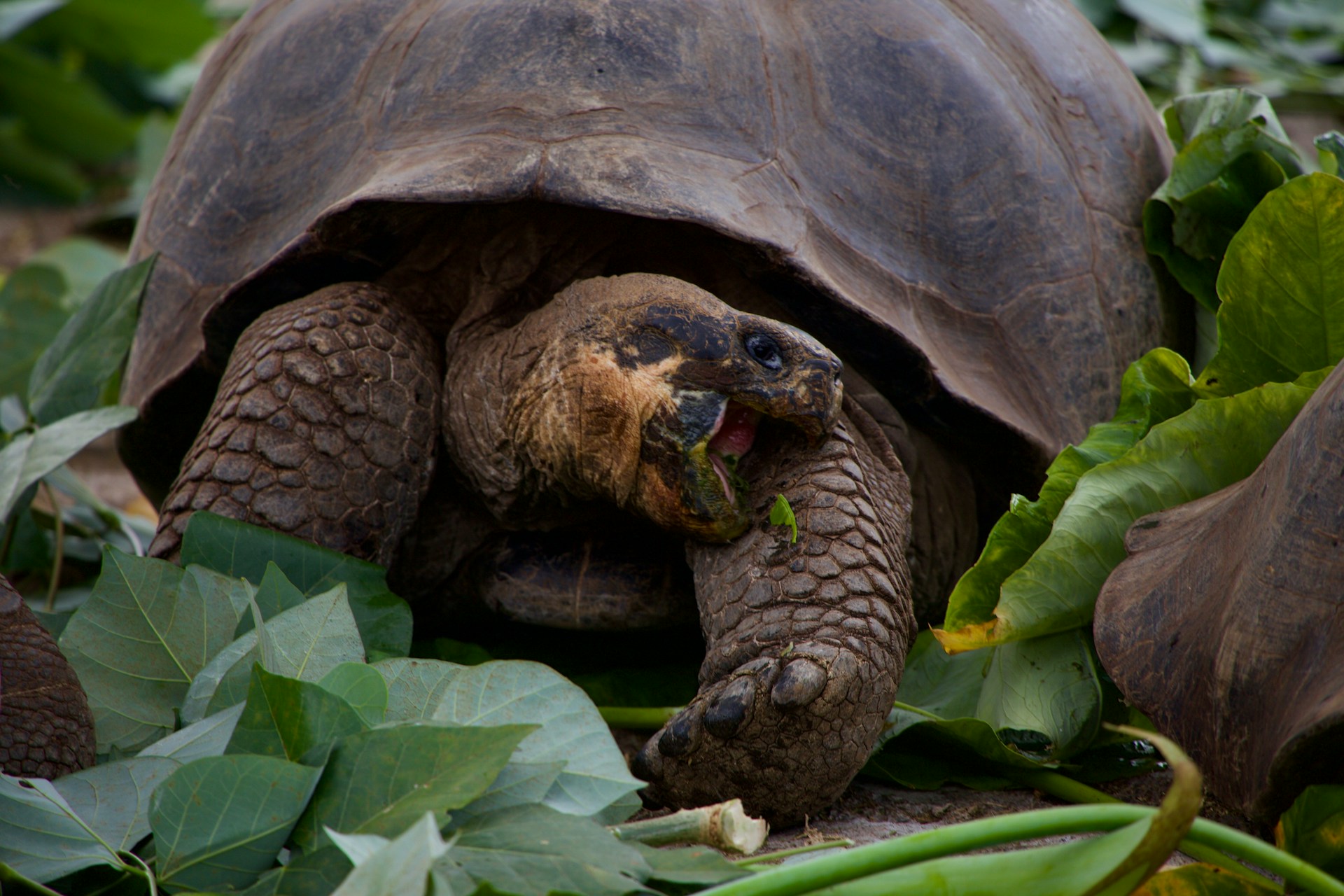How to balance the needs and rights of locals to use their land with protection of the same land is a struggle faced by conservationists. Local empowerment may aid this struggle in the Galapagos. Photo credit: Magdalena Kula Manchee via Unsplash
[tourism] is a force of change, bringing about economic, socio-political, and ecological influences to local landscapes.
We humans have far-reaching influences on our surrounding natural environment, and our presence is intensifying across the world. With growing globalisation, tourism is becoming increasingly more efficient and accessible. As a result, more people are touching the furthest expanses of the world. Tourism brings money into a country — and lots of humans too. This expanding sector is a force of change, bringing about economic, socio-political, and ecological influences to local landscapes. A growing point of concern is the environmental impact of tourism. By using the Galapagos Islands as an illustration, we can consider what is needed to balance a tourist’s hunger for beauty and leisure, with the preservation of local wellbeing.
The Galapagos Islands are a remote archipelago of volcanic islands, 1000 km east of Ecuador. The Galapagos flora and fauna stimulated Darwin’s theory of evolution and is deemed a World Heritage Site. These islands boast unique biodiversity — their namesake originates from the Spanish word ‘galapago’, meaning tortoise, referring to the giant turtles which roam the land. In 2021 alone, over 136,000 tourists trudged the same land as Darwin.
Despite ship-based tourism being strictly regulated in the Galapagos, land-based tourism has fewer restrictions. There are rules in place to keep two meters away from wildlife. Littering is prohibited, and humans cannot remove any element from the local environment. Despite these restrictions, tourism can still be overwhelming for the local ecosystem. For residents in the town of Puerto Ayura on Isla Santa Cruz, a growing concern is the increasing waste generation from tourism. Samples from coastal waters and brackish waters indicate a significant level of human faecal pollution. These are the places where locals and tourists alike bathe and engage in recreational activities. Tourists cannot directly touch the wildlife, but the impacts of human-made pollution can be felt by species around the archipelago.
Moreover, waste pollution is just one in a concoction of stressors which coastal ecosystems experience — plastic and pesticide pollution are also prevalent. For example, large quantities of the pesticide DDT have been found in Galapagos sea lions (Zalophus wollebaeki). This is likely a result of bioaccumulation, where a substance accumulates up the food chain. The levels of DDT in these endangered sea lions are comparable to the concentrations of DDT found to be associated with lower testosterone production and feminisation in laboratory rats. High DDT levels in sea lions may compromise their reproduction. This compounded with nutritional and environmental stress during El Niño (periods of ocean warming) may push sea lion populations to their tipping points.
The answer to overcome these issues seems clear: reduce tourism. Yet, local income may be boosted with each visitor paying for food, drink, transport, and entertainment. Nevertheless, is tourism truly a path to a booming economy? I feel it is important to look at local agency, and whether the residents gain financial autonomy with tourism. It seems that in places like the Galapagos, there is often an ideal to see ‘pristine nature’. On one hand, this may promote local conservation and generate funds for conservation efforts. On the other hand, demand for untouched nature can push governments to place tourists’ needs over that of residents, and restrict the local way of life if it does not suit the industry standard.
Currently, 97% of Galapagos land is designated as a national park, leaving only 3% of land for the 25,000 residents of the archipelago. It is estimated that only around 10% of food demand in the archipelago is met by local farming. Whilst this is promising for conserving the endangered species in the archipelago, interviews with locals revealed the disempowerment they experienced due to the borders and restrictions placed by governing bodies. In turn, there were frequent breaches of restrictions, such as illegal fishing, timber production, and expansion of agriculture past park boundaries. This generated great tension between park rangers and villagers. Local disempowerment not only damages the environment more, but also forced outmigration because of poor local productivity and strained power dynamics.
Currently, 97% of Galapagos land is designated as a national park, leaving only 3% of land for the 25,000 residents of the archipelago [leading to] local disempowerment
The actions of locals can produce negative impacts on the environment. Yet, it is a social injustice for conservation to vilify locals for their needs. So how has conservation been married to local prosperity in the Galapagos? Conservation bodies have begun engaging with local stakeholders in agricultural projects which enhance local biodiversity, such that income becomes more diversified and less reliant on tourism. This is promising as it creates potential for locals to gain more autonomy in how they make their money.
Conservation bodies have begun engaging with local stakeholders in agricultural projects which enhance local biodiversity…
For example, local engagement projects have encouraged planting of Scalesia (an endemic genus of shrubs and trees) in shade-grown coffee plantations. Shade-grown coffee plants have been found to have a greater fruit set compared to sun-exposed plants, which benefits the farmers. The breaking up of monoculture using Scalesia was also found to correlate with an increase landbird species abundance. This is a promising step for the long-term cooperation of park managers and locals alike, but it seems that coffee production was not entirely successful amongst the locals. Some have reported that Scalesia trees inhibit the fruiting of coffee plants and have cut down the trees as a result.
Residents of the Galapagos sit at the crucial intersection between environmental stewardship and economic growth. We have seen that unregulated tourism can be detrimental to conservation, yet the revenue that tourism generates is an important factor in the decision-making of locals and governing bodies. Whilst this brief case study of the Galapagos is not representative of all stories where conservation and tourism are at crossroads with each other, it does provide a good reminder that local empowerment may hold the key to fostering positive relations between conservationists and residents. These two roles do not have to be mutually exclusive either. By incentivising locals to act as stewards of biodiversity and grow economic wealth via sustainable means, they can become less reliant on tourism and its negative impacts. Breaking down borders between conservation and local development can be a pivotal step in balancing tourism and conservation.





